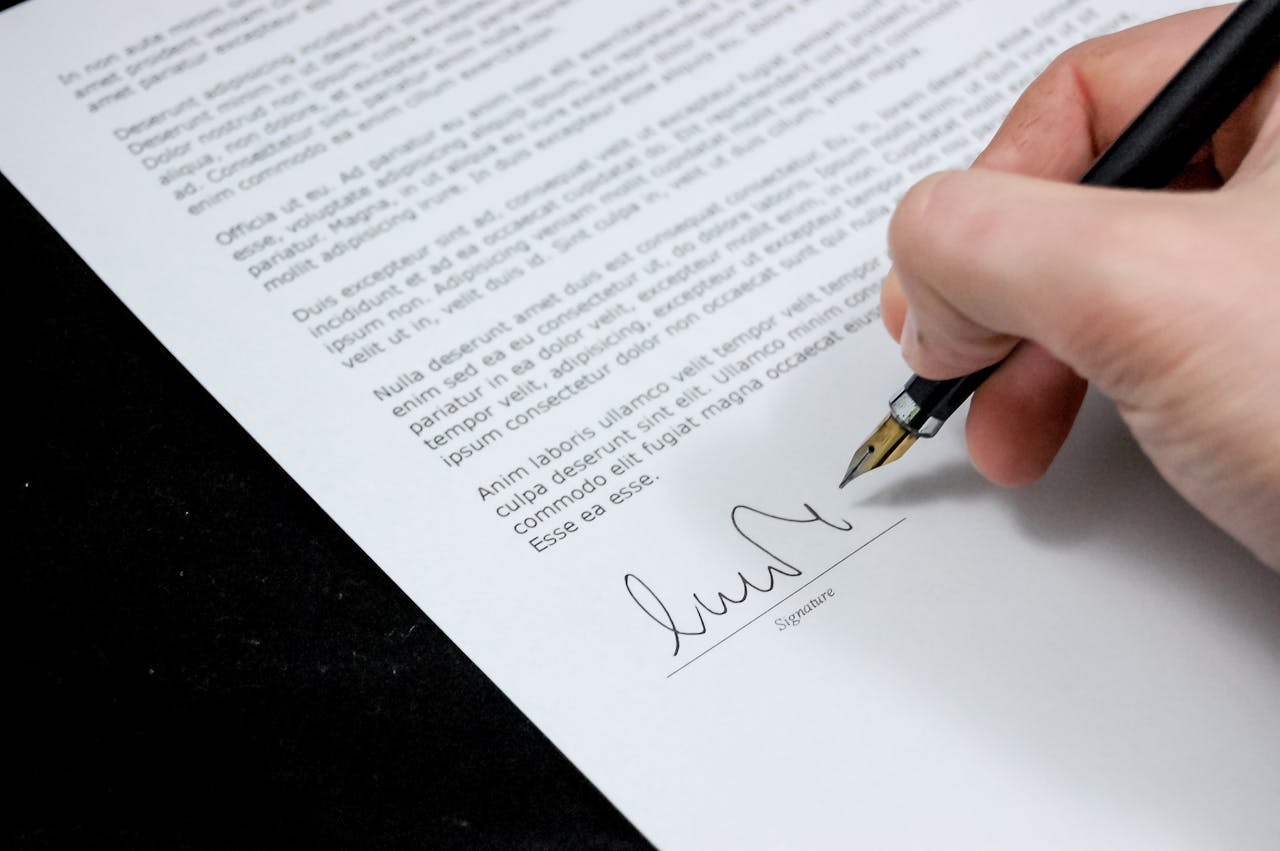10-Step Process of selling a business
Best brokerage firm services in Arizona
Selling a business without good brokerage firm services typically takes 6 to 12 months and involves numerous steps that must occur in sequence. With an experienced business broker like Justin Turner handling the process, you can count on a smooth and efficient journey, leading to a quick and successful sale. Our proven 10-Step Sales Process ensures that every phase is managed effectively, guiding you from start to finish with confidence and ease.


Step 1: Meet Justin
Exiting your business is a lengthy process, and it is crucial that you team up with someone who you are confident will get you to the finish line. For a short but mutually beneficial period of time, you and Justin will be Siamese Twins…what’s good for YOU is good for Justin. The primary goal of this step is to get to know you, your business, and your motivation for selling.
Step 2: Valuing the business
Justin will utilize advanced valuation software to produce a Broker’s Opinion of Value. While not a certified appraisal, it will help us derive a directionally accurate value, or what we call the “Most Probable Selling Price.” This will be used as the basis for finalizing your go-to-market Offering Price.




Step 3: Packaging the Business
Upon agreement with brokerage firm services of an Offering Price and after signing a Listing Agreement, Justin will get to work preparing a Business Package (also referred to as a Confidential Business Review or Confidential Information Memorandum). This is a marketing package that will provide potential buyers with information about your business. It is created in collaboration with you, the business seller, and includes information like business operations, financial statements, employees (if applicable), and other important data. Why do we create a Business Package anyway? The short answer is, “So we can properly & professionally showcase your business to the pool of potential Buyers.”
Below are some additional reasons why we create Business Packages:
- Pre-answers Buyer Prospect’s questions, saving time
- Presents facts uniformly & logically
- Conveys the value of your company’s goodwill
- Motivates the Buyer Prospect to take action
- Promotes Buyer competition, which can result in a higher selling price
- Decreases time to an offer and, ultimately, to a sale


Step 4: Marketing the Business
Once the Business Package with brokerage firm services is completed, Justin will prepare a marketing plan, online advertisement, and list the business for sale via top-tier listing websites. Unlike the real estate industry, there is no true “MLS” for businesses. Why? Largely due to difficulty preserving confidentiality in business sales, as well as varying business broker competence levels.
Because of this, Internet advertising is currently the primary method to generate Buyer Prospects for a main street business listing.
At least 80% of the Buyer Prospects are generated here!
Below is Justin’s “Checklist for a Great Ad”:
- Catchy Titles - Use keywords buyers would use in a search
- Great Descriptions - Give buyers a reason to reach out
- Use Photos - How buying prospects get a true feel for the business
- Maximize Visibility - Include industry categories and location
- Include Key Financials - Like Gross Revenue & cash flow
- Indicate Seller Financing - If Applicable
- Consider Upgrades - Broker Option; Ex: Premium listing type

Step 5: Pre-screen Buyer Prospects
Once your business is online and listed for sale, Justin will start to field Buyer Prospect inquiries. This can be a daunting and time consuming stage of the process. A great business broker knows the value of your time, and won’t waste it by bringing you unqualified Buyers with brokerage firm services.
There are 3 Different Types of Buyers
Buyer Inquiry
– Became aware that the business was for sale
– Made an inquiry and expressed an interest in learning more
Buyer Prospect
– Completed and returned the Buyer Profile and Confidentiality Agreement: Ready, Willing, and Able ?
– Met the minimum “Buyer Standards“ for this transaction
– Received the presentation and valuation for the business
Buyer
– Discussed the business with the business broker
– Met with the Seller, in person, by Zoom, or telephonically
– Toured the business
– Made a written offer on the business


Step 6: Showing & Negotiating
Once we have a legitimate Buyer who has earned the right to speak with you, you will be introduced and will have the opportunity to “show” the business. The Buyer will want to meet you, see the business for his/herself, and dig in a little deeper than they were able to with the Business Package via brokerage firm services.
There are different Buyer Personas that you should be aware of as follows:

Strategic Buyers
Strategic Buyers care more about the strategic 'fit' of the business. Rather than the financial strength of the target business (within reason). For example, we recently worked on a deal where a custom auto parts online store acquired their manufacturer to increase their margins. This gave them far more leniency on the acquisition price than a standard Financial Buyer.

Financial Buyer
Speaking of the Devil, these Buyers focus on the cash flow of the business and are typically less concerned with its growth potential or strategic fit. An example of a Financial Buyer is a Private Equity Group.

Lifestyle Buyer
Often these Buyers are seeking a lifestyle opportunity and transitioning out of a corporate career. Alternatively, these are previously successful Entrepreneurs delusional enough to think they can 'gear down' into retirement.

Entrepreneurial Buyer
These often consist of previously successful entrepreneurs seeking their next big win. They are growth-focused and want to ensure their purchase allows them to grow the business valuation at exit. A classic example of an Entrepreneurial Buyer is a Search Fund.
Step 7: Preparing Purchase Offer Agreements
This is where things get real! Once the Buyer indicates they would like to make an offer, they would draft and present a Purchase Offer Agreement. How does the Buyer write the offer? There are several options, including:
- Writing an offer themselves
- Hiring an attorney to draft an offer for them
- Having their business broker (if they hired one) draft an offer for them through brokerage firm services
Once the draft is finalized, the Buyer would present the written offer to Justin with an earnest money deposit.
Then, we would present it to you (the Seller) for consideration.
Step 8: Conducting Due Diligence
Due Diligence (DD) by brokerage firm services is a review, investigation and confirmation process designed to corroborate the representations of a business owner about the true status of the business, with the intent to uncover material variances. 100% of deals involve due diligence, and an estimated 50% of accepted offers do not make it through due diligence!
- Financial - Analyze how an organization has performed financially, to get a sense of earnings on a normalized basis.
- Operational - Look at a transaction to determine whether the business is sustainable and what the buyer can do to realize improvements in productivity and profitability.
- Human Resources - Look at the existing employee base to determine knowledge in place, necessity of employee retention and employee dependency required for acquisition success.
- Others - This may include things like insurance, IT systems, intellectual property, or litigation.
Step 9: Closing the Transaction
How the transaction closing will be handled depends on the following:
- How large or complex the transaction is.
- What the laws are in the state where the closing will take place.
- The preference of the buyer and seller.
There are two basic options:
Option A: Escrow Company (Typically used for Main Street transactions)
Option B: Transaction Attorney (For large, complex deals)
Typically, in Main Street transactions, the Buyer increases the deposit after they complete their due diligence and agree to open escrow. This additional money, and the earnest money deposit, now become non-refundable, unless the contingencies, which survive due diligence through brokerage firm services, are not successfully resolved. These contingencies might include:
- Lease assignment, sublease, or new lease
- Franchisor approval for license transfer
- SBA Loan Approval and Funding
- Completion of an environmental report
- The Buyer obtaining a required governmental license or permit
Step 10: Transition with help of brokerage firm services
Because of how crucial the original founder of a business is to its success, there is a degree of risk when the owner retires. Employees may demand a raise or quit. Customers may decide to terminate their relationship with the business. The process that held things together may start to fall apart.
To prevent all of those things from happening, almost all business acquisitions include a transition period. The purpose of the transition period is to decrease risk and increase the chance of success of the new owner.
The period is an opportunity for the seller to introduce the buyer to employees and customers, while assuring them that he or she has complete faith in the new owner. It’s also an opportunity for the buyer to learn tips and tricks from the seller about how to best run the business with help of our brokerage firm services.
Transition periods can range from 4 weeks all the way to 12 months. However, the average transition period is between 4 and 12 weeks long.
We set expectations with our business owners to prepare for at least a 4 week transition period.


